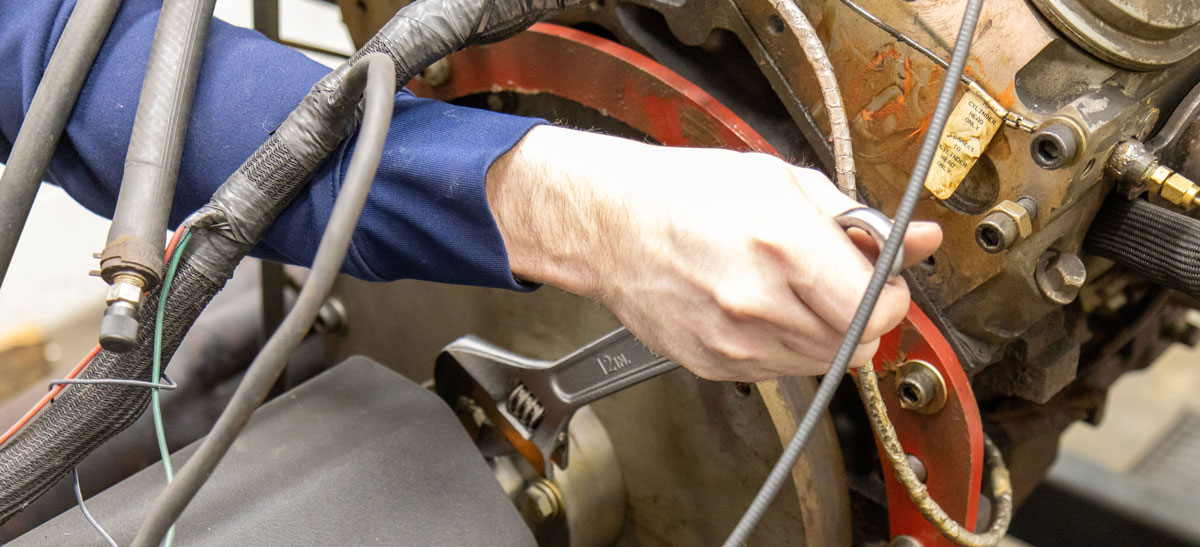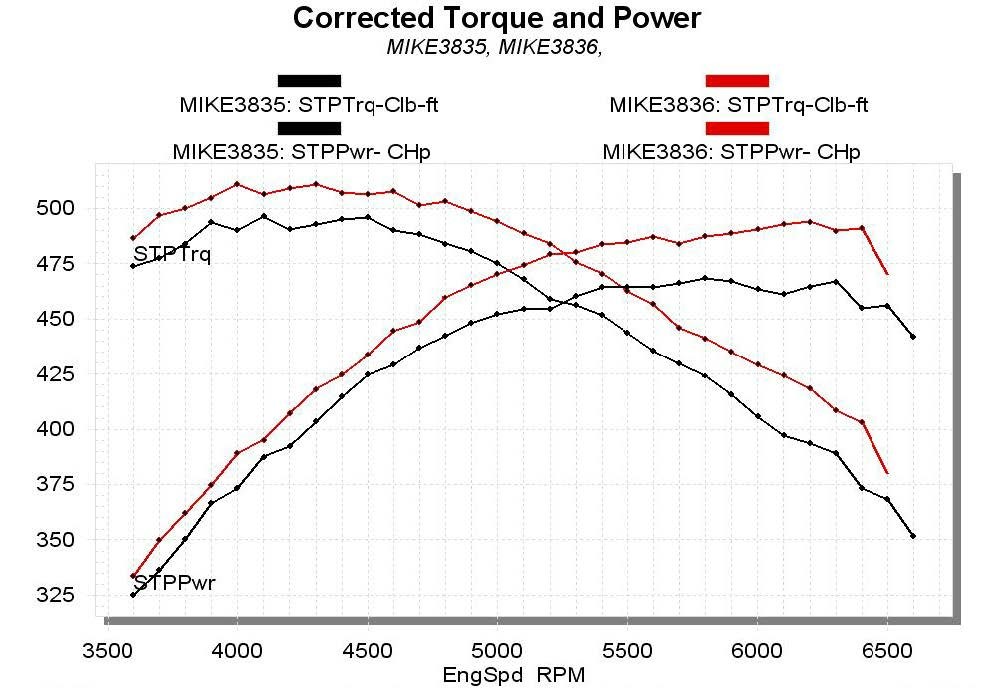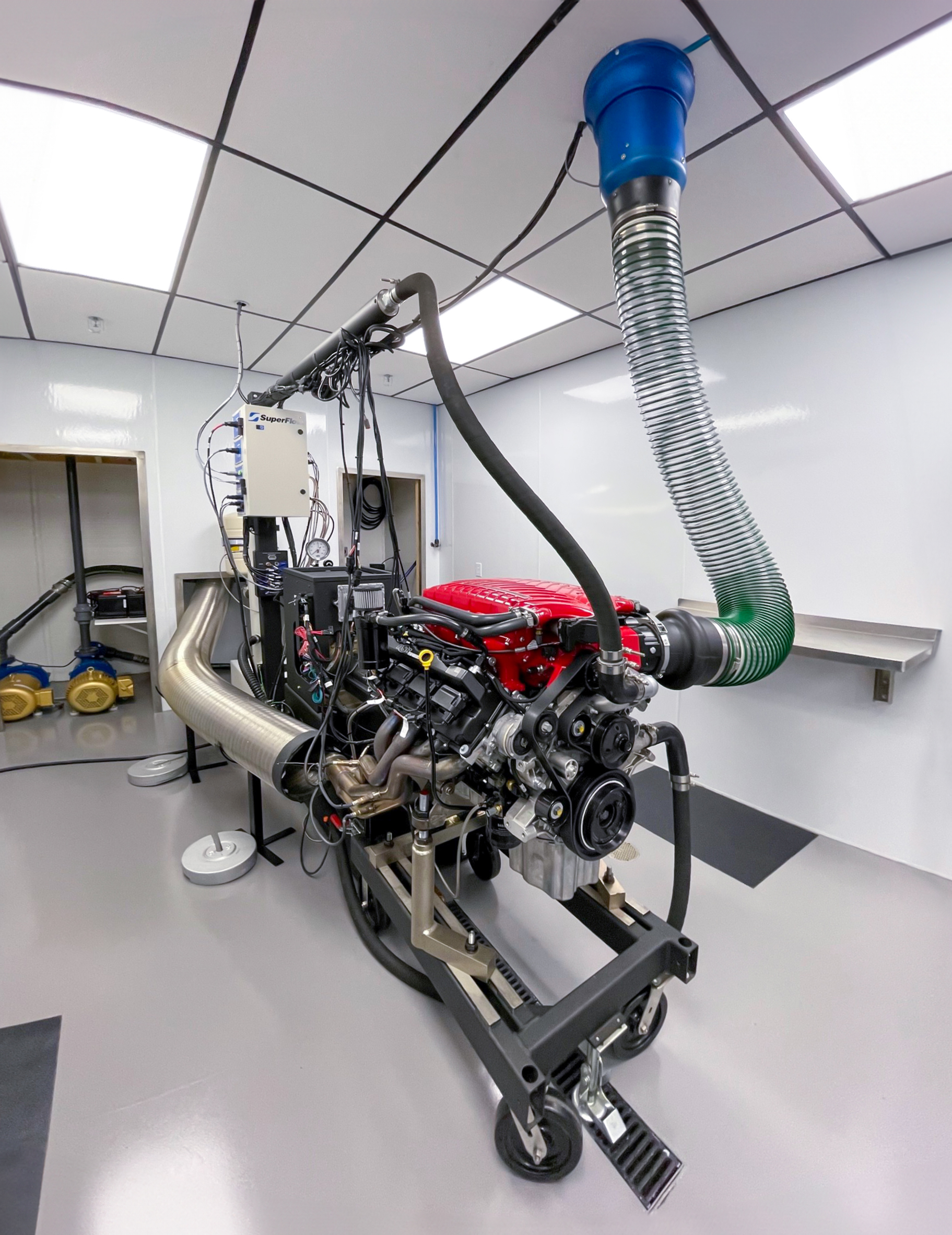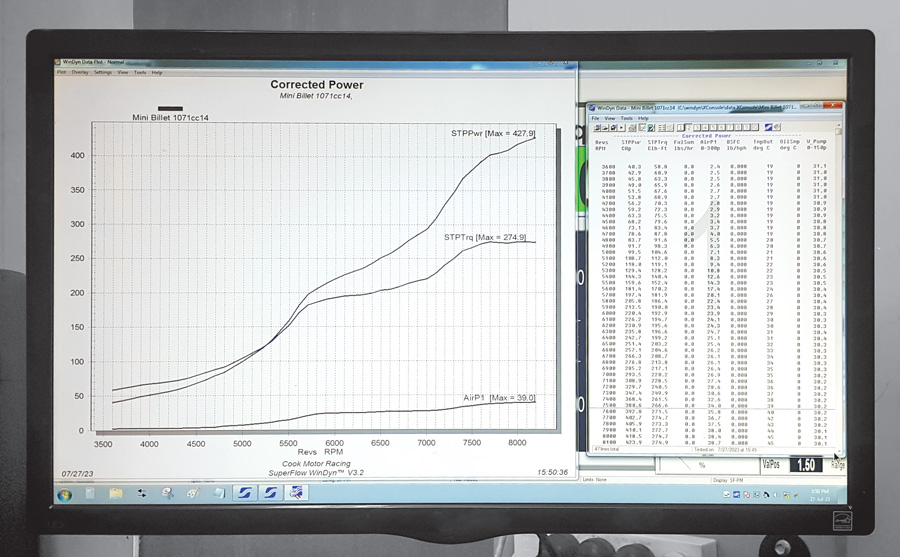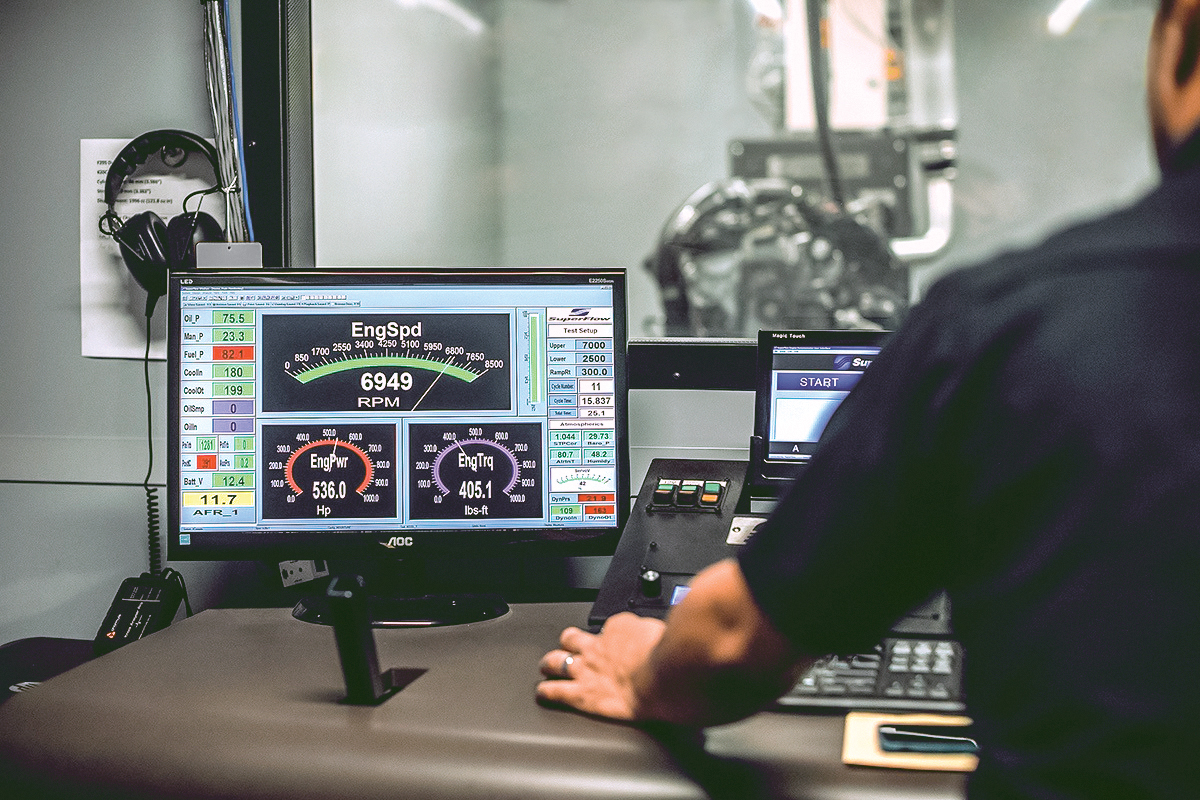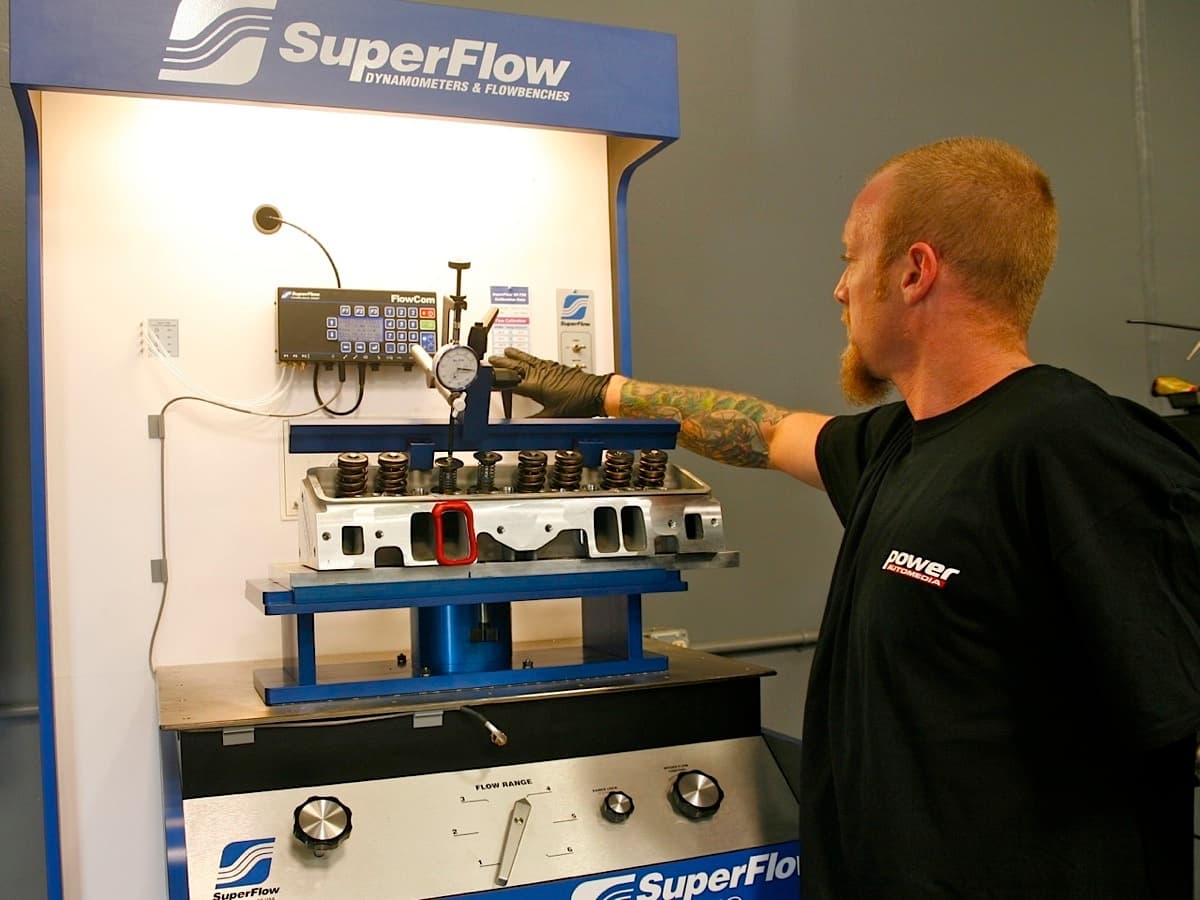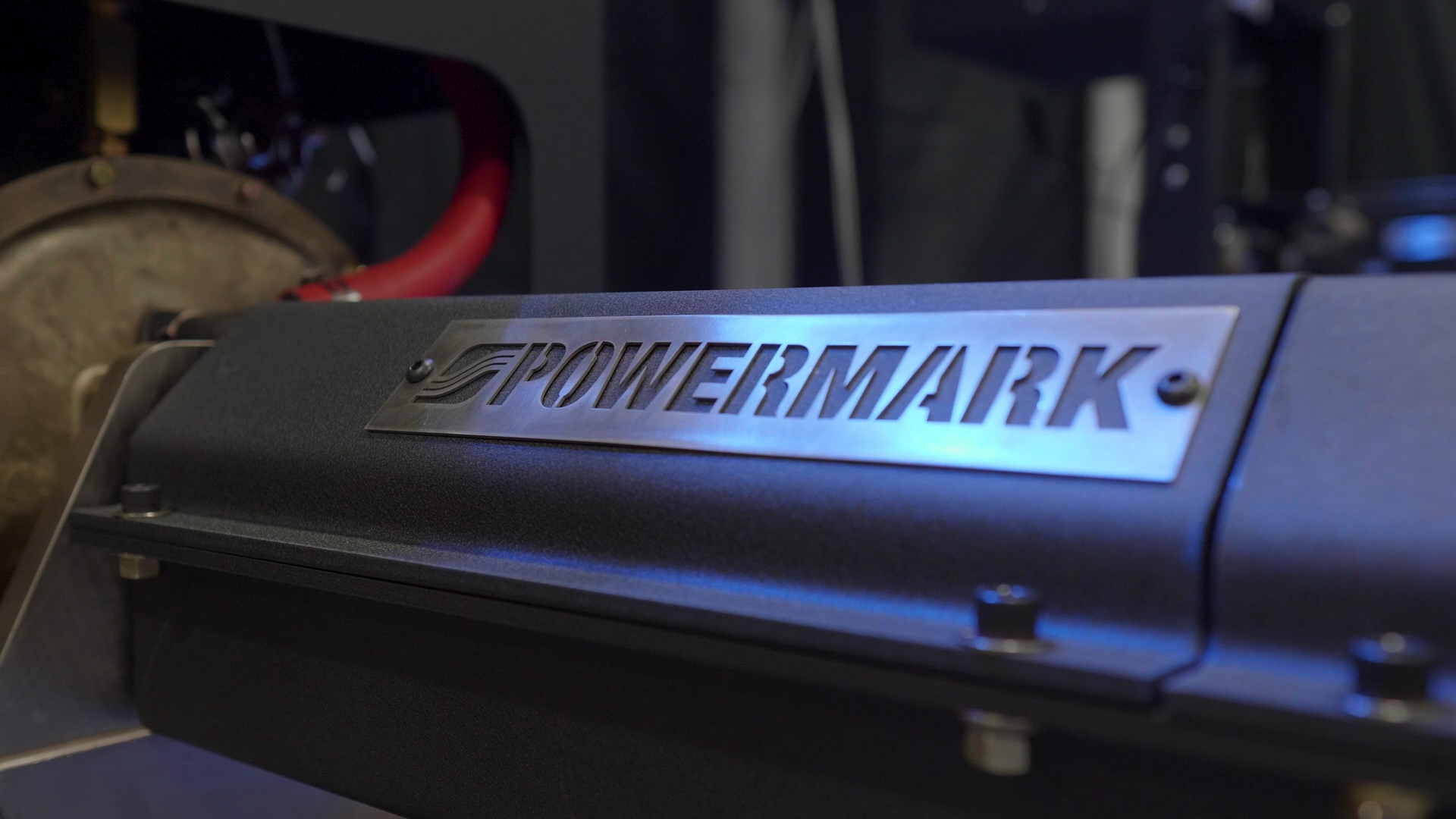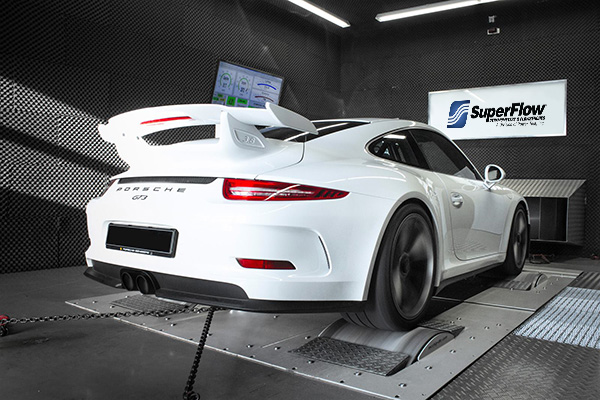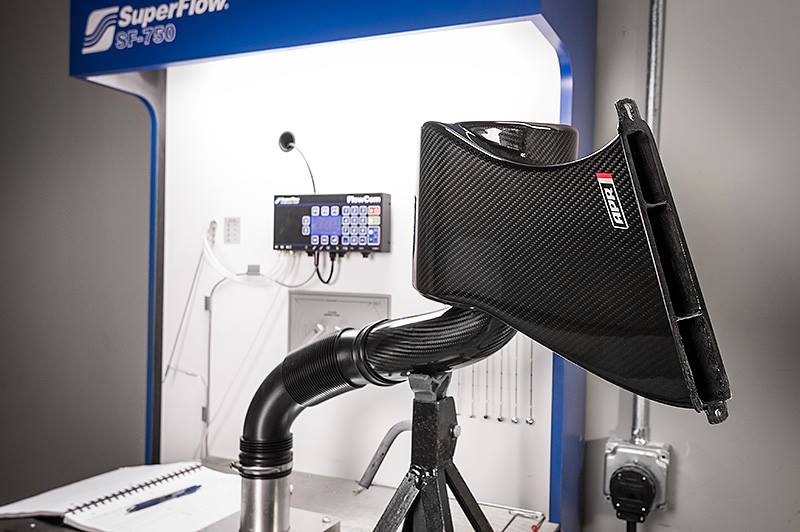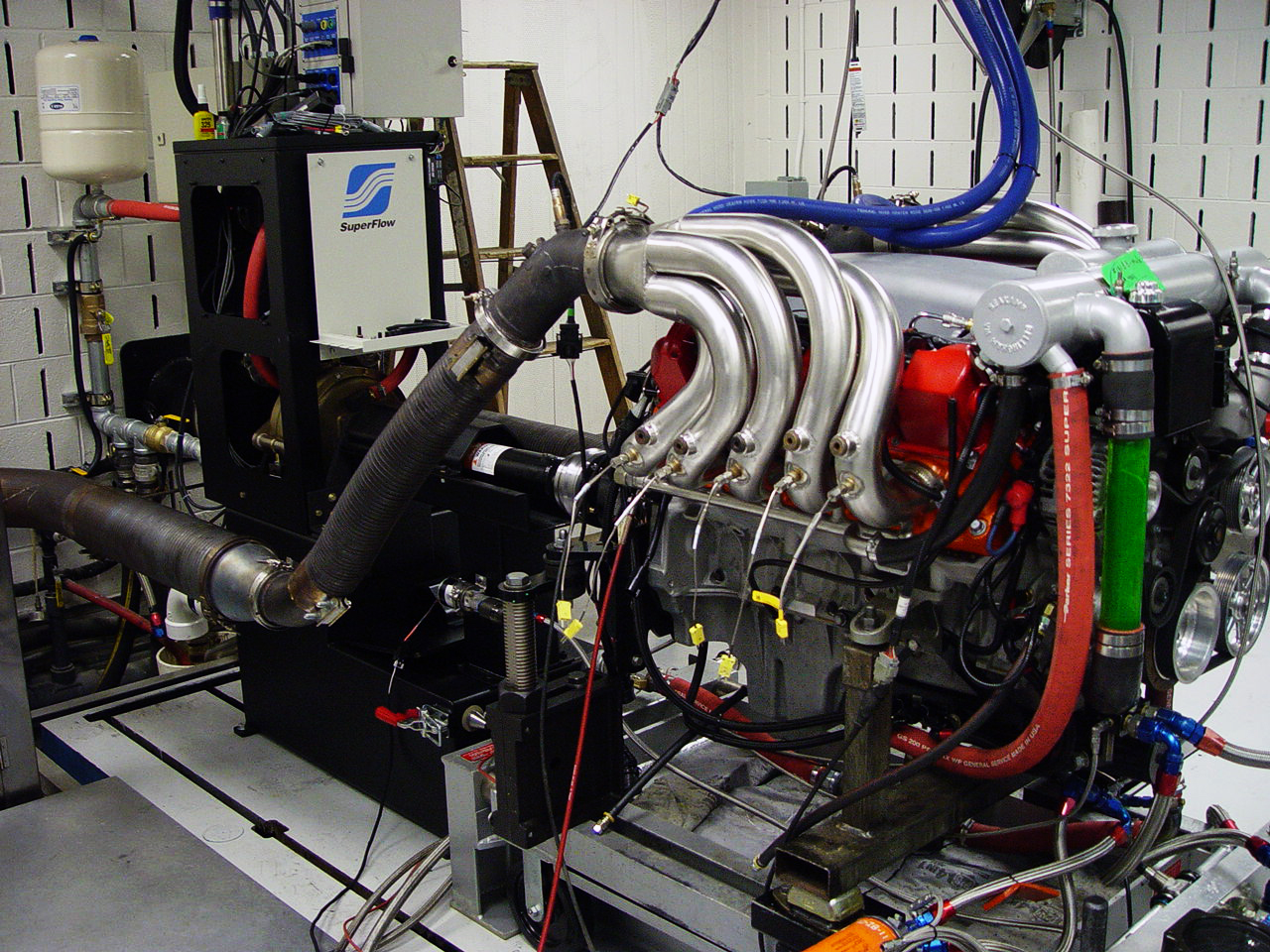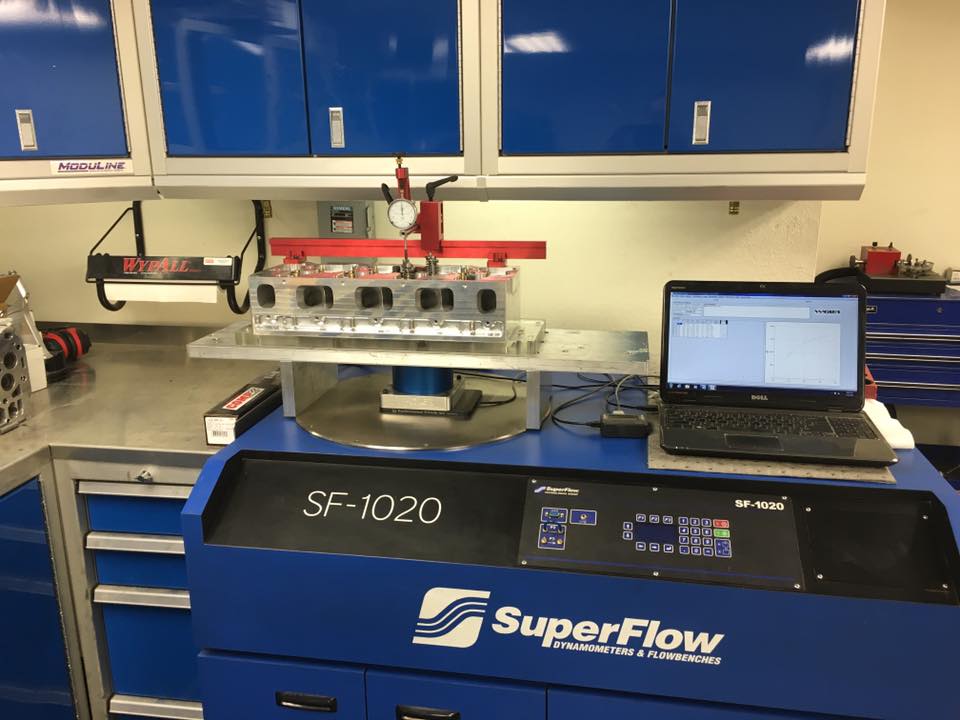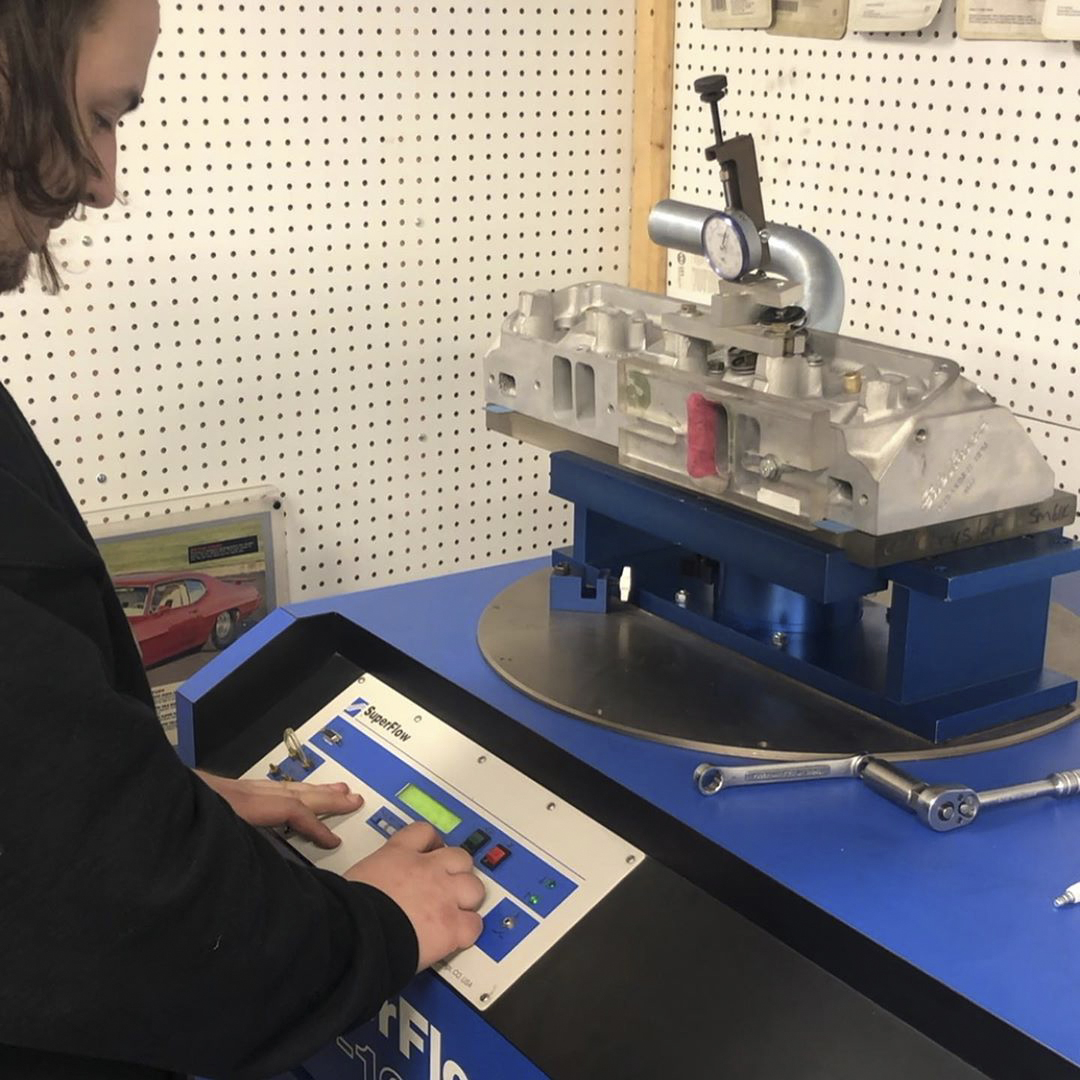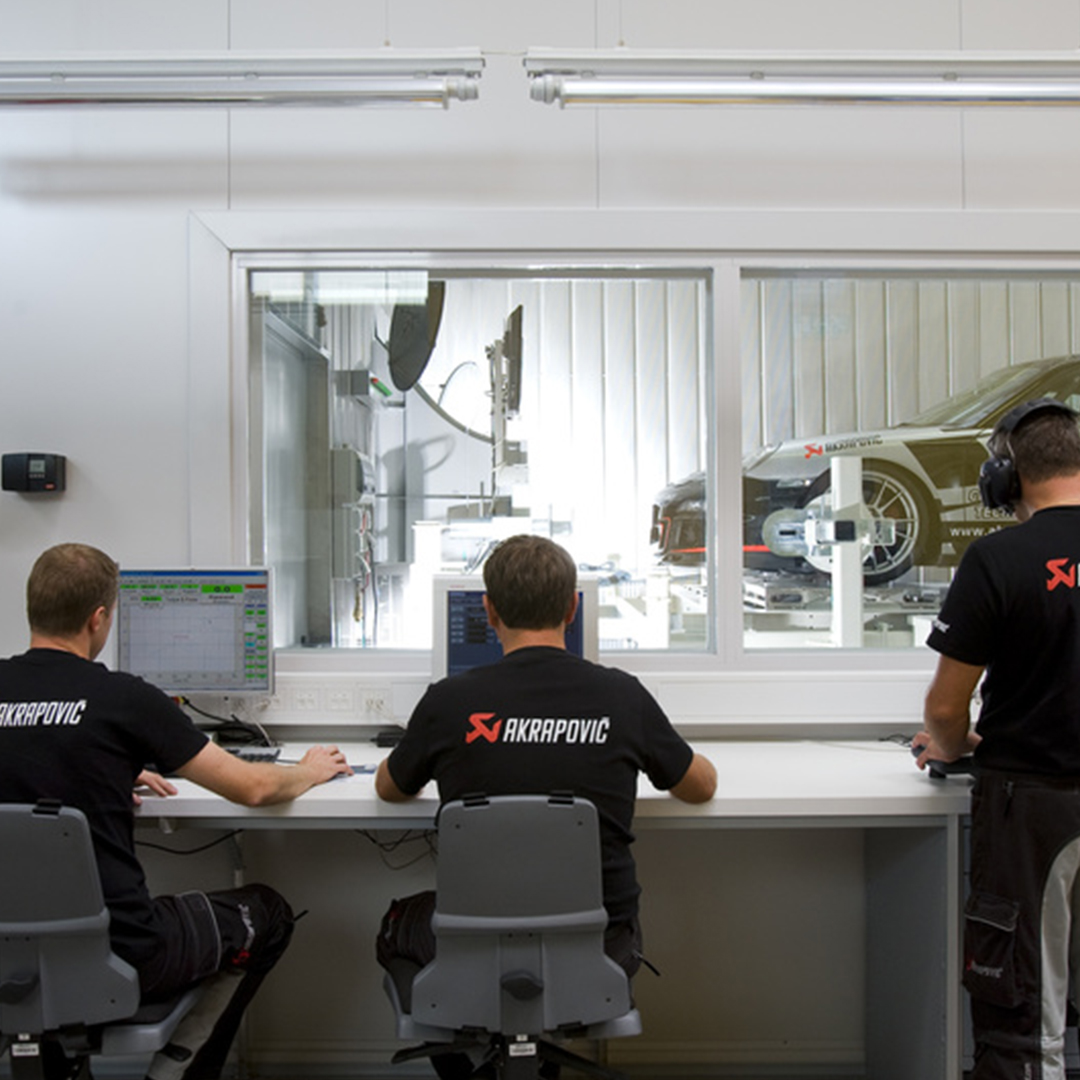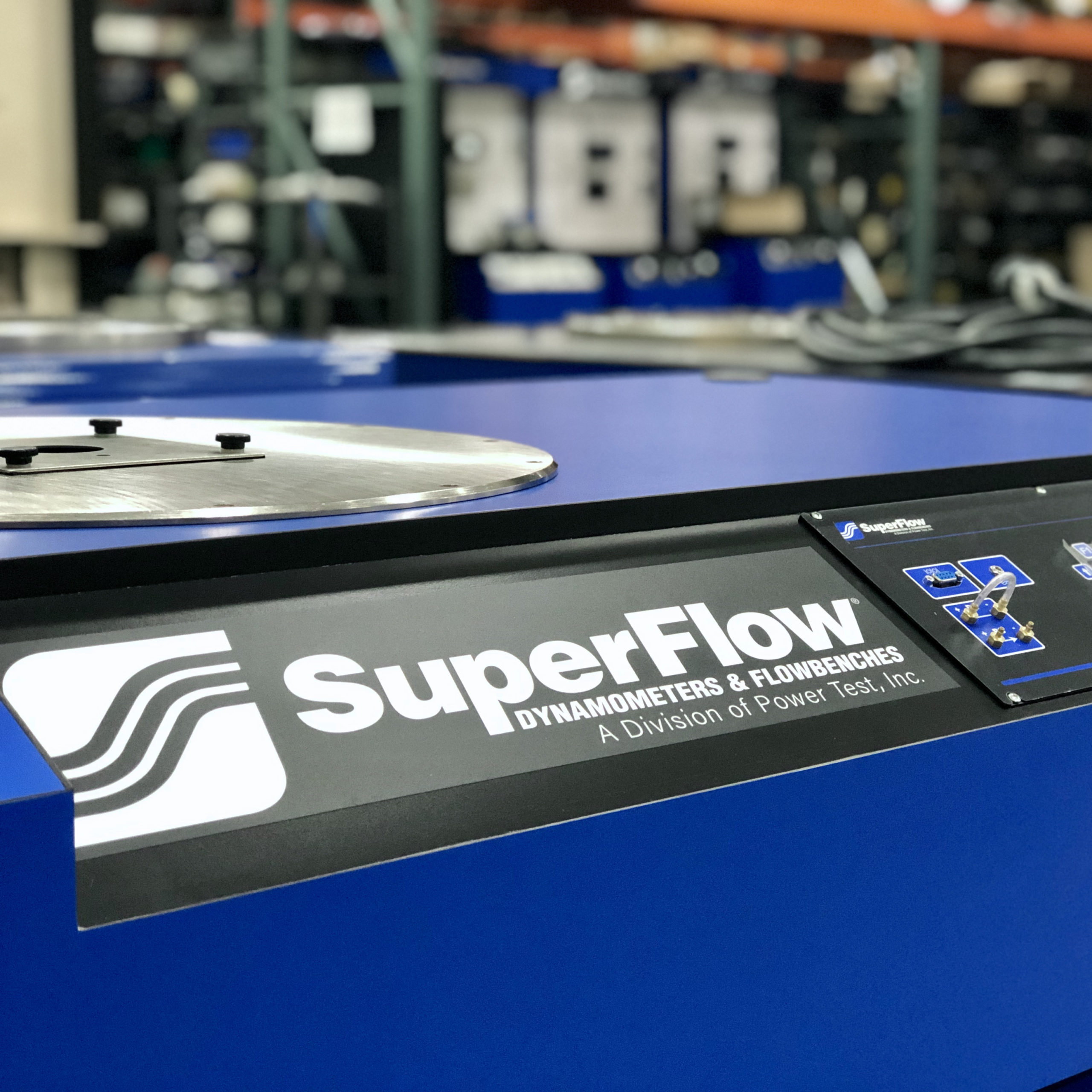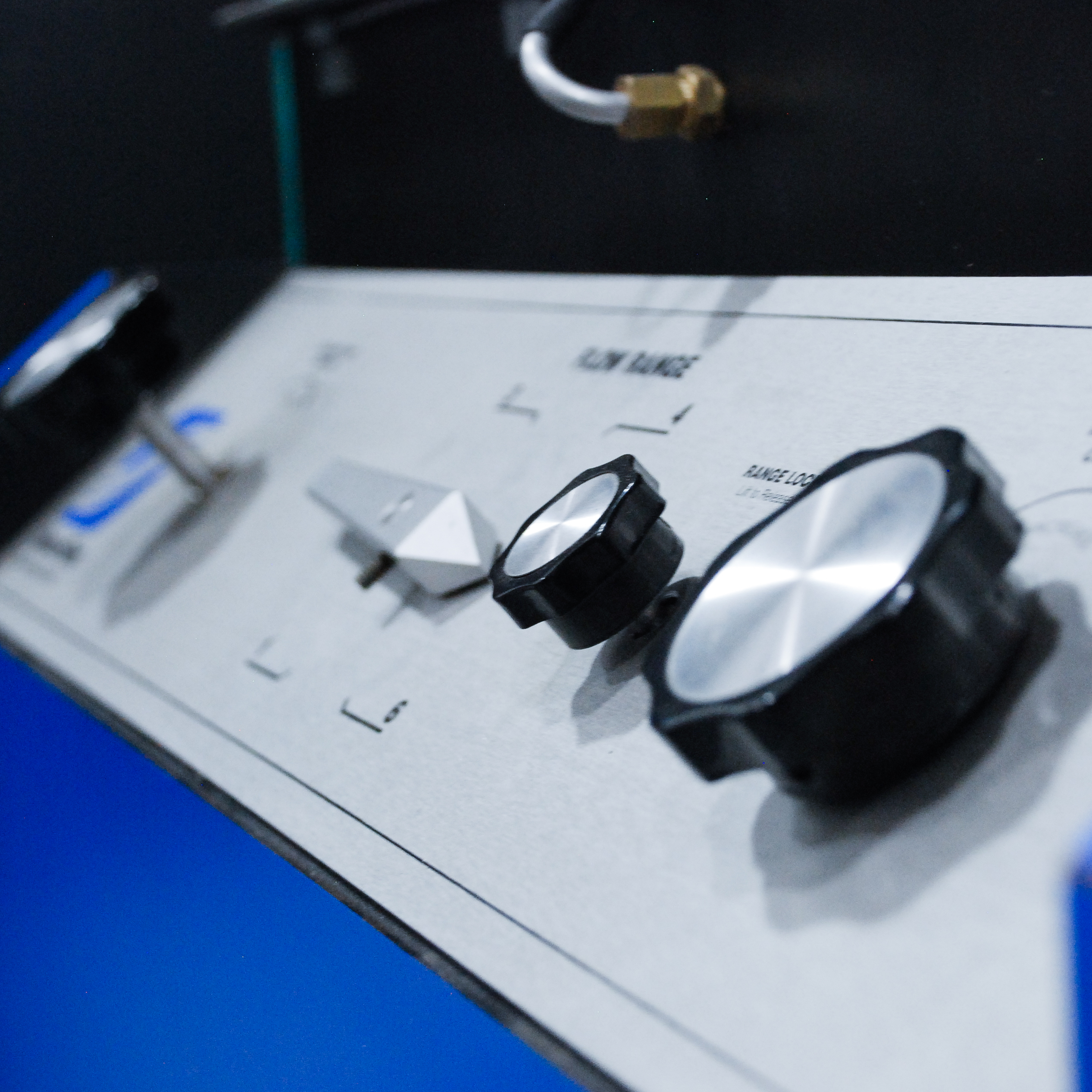Tech Corner Articles from SuperFlow Dynamometer experts
PRI Engine Dyno Maintenance Tech Tip
Dynamometers are essential in engine tuning and inadequate maintenance of these advanced testing instruments may compromise the accuracy of the data they generate. Engine dynamometers […]
Dynamometer Test Monitoring Essentials
Accurate, consistent, repeatable results are the reason for dynamometer testing. Many factors are involved in testing, so monitoring your test is critical to producing accurate […]
Dynamometer Water Quality Matters
Water Quality Is Crucial to Longevity The quality of the water used in a dynamometer affects absorber and water pump operation. Contamination, salt water, or […]
Proper Airflow Critical for Test Cell Design
Correct Room Ventilation Makes All the Difference! Ventilation is one of the most overlooked aspects of engine test cell room design. Proper airflow through the […]
Dynamometer Testing Oversights
Avoid These Pitfalls To Produce Repeatable Results Original Article Published by Steve Matthiesen for Performance Business, September 2009 Have you ever wondered why the shop […]
Acceleration Effects
Acceleration testing saves time and illustrates how your engine behaves under actual operating conditions, it also has its own unique operational characteristics. It is important […]
Test Types
Overview A Dynamometer gives the operator the ability to vary the load applied to the unit under test to mimic specific requirements. SuperFlow offers several […]
Engine Testing Errors
Overview Automated testing provides many testing possibilities, however certain test procedures can affect the test results. This is particularly true for dynamic tests which may […]
Understanding and Working with SuperFlow Flowbenches
Overview An engine makes power by moving air and fuel into and out of it. The more of both it can move, and the faster […]
How To Determine The Total Engine and Dynamometer Inertia
An engine dynamometer provides for testing an engine when it is mounted to a power absorber. The torque along with speed (RPM) is measured and […]
How To Make Money With Your Chassis Dyno
Many shop owners biggest fear in purchasing a dyno is the impact it may have on other parts of their business. If implemented correctly, a […]
Flow Measurement and Correction
The term cfm (cubic feet per minute) generates much confusion about airflow. This is a result of the fact that air is compressible, and the […]
How to Select the Proper Engine Dynamometer
Selecting any SuperFlow Engine Dynamometer typically comes down to four main factors: The RPM requirements The torque requirements The control tolerances The test requirements Whether […]
Air Density Correction and SuperFlow Flowbenches
There Is No Air Density Correction There is no air density correction required to adjust for different atmospheric conditions when testing. This is the concept […]
Test Pressures and Comparing Flow Numbers
The necessity of flow-number comparison is something that anyone involved in flow testing must endure. Even if the number comparison is done on the same […]
Fundamental Concepts to Achieving Superior Repeatability
The following concepts were originally presented by Jim McKenzie of Hendrick Engines Dynamometer Labs during the 1998 AETC conference. These are intended as guidelines for […]
Useful Flowbench Tools
Many of the applications of flowbenches and the data that they provide are often set apart from normal data because of the mystique associated with […]
Flowbench History
Flowbench Applications Many of the applications of flowbenches and the data that they provide are often set apart from normal data because of the mystique […]
